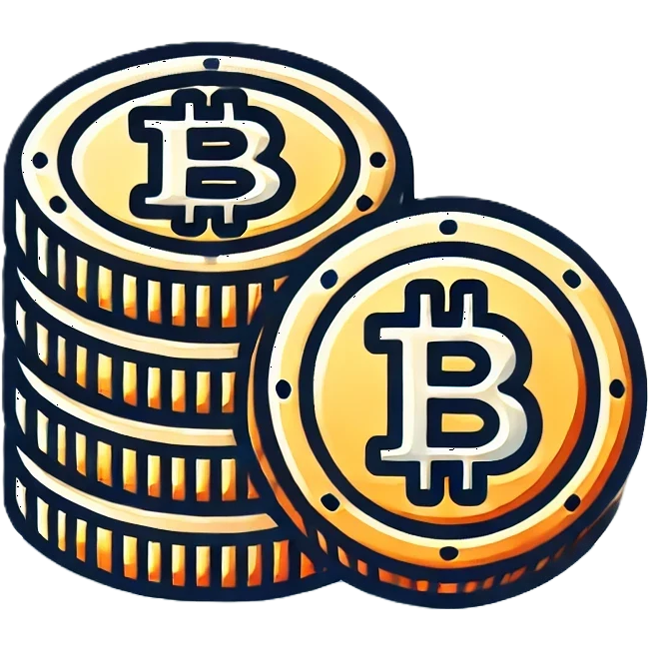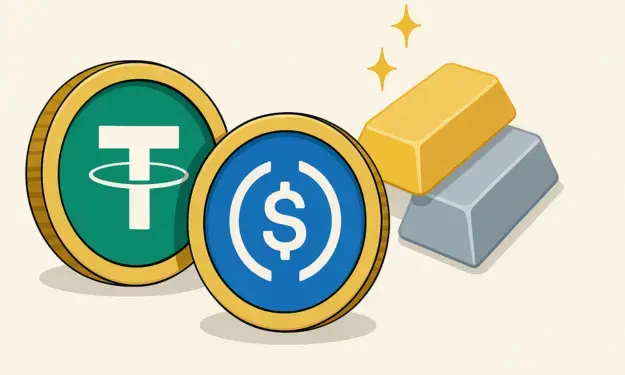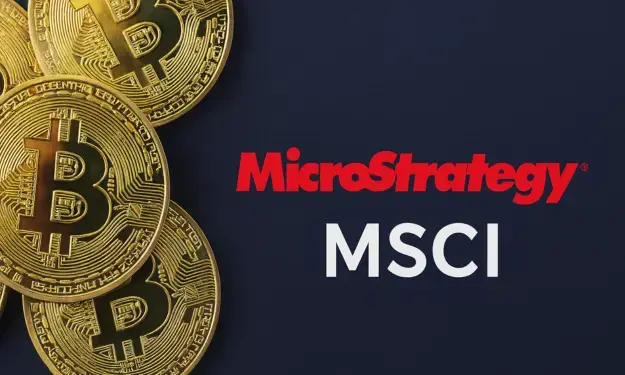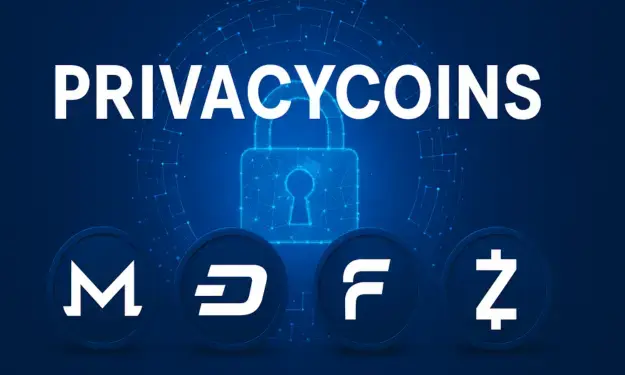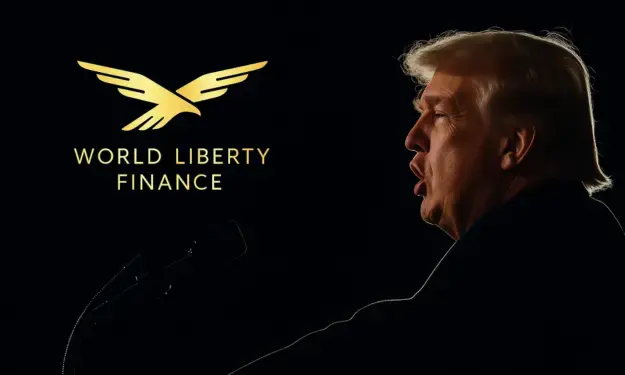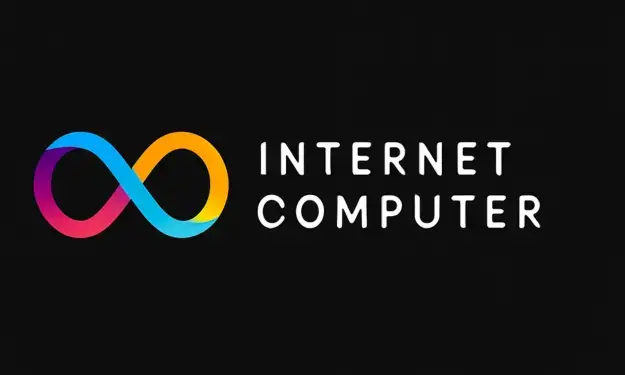Chainlink and SWIFT: the bridge between banks and blockchain
Publication date: October 9, 2025
It has now been a few months since we published our last analysis on Chainlink, in which we took a closer look at its partnership with SWIFT - the world's largest bank communication system. Since then, testing between the two parties has continued to expand and Chainlink's share price has nearly doubled. So, time for an update.
Did you miss our previous article?
Read our previous article from April 10, 2025: Chainlink indispensable in tokenization here
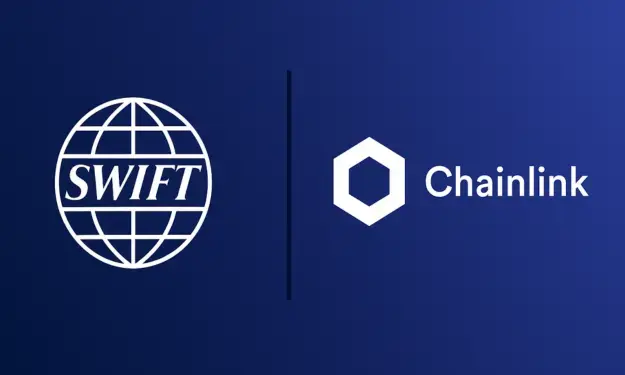
What is SWIFT and why is it relevant?
SWIFT (Society for Worldwide Interbank Financial Telecommunication) is the messaging network that banks use to exchange financial messages (think payment instructions, clearing, reconciliation). It is traditionally very dominant in the financial system.
If you want to bring blockchain/crypto projects to the "mainstream" world, a connection to the existing banking systems is crucial. That is the bridge that many projects are trying to build, and Chainlink is one of the leaders in that area.
The collaboration between Chainlink and SWIFT
The collaboration between Chainlink and SWIFT consists of several trials and joint projects. The goal is to bridge the gap between traditional finance and blockchain technology. The main initiatives are briefly outlined below.
1. Digital versions of traditional investments: SWIFT, Chainlink and several banks have tested whether ordinary investments, such as stocks and mutual funds, can be converted into digital versions on the blockchain, so-called tokenized assets. This makes trading faster, cheaper and more transparent. The technology works well in tests, but is not yet widely used because banks want regulatory and reliability certainty first.
2. Pilot with UBS Asset Management: In 2024, UBS Asset Management conducted a trial in which funds were linked to blockchain transactions through the SWIFT network. This allowed mutual funds to be traded more directly, without intermediaries.
The results were positive, but technical and legal hurdles remain to be resolved for global adoption.
3. Smarter processing of corporate transactions: SWIFT, Chainlink and Euroclear are exploring how corporate actions such as dividend payments, mergers and stock splits can be processed automatically via smart contracts on the blockchain. This could save a lot of time and money, as these processes are currently largely manual. If this technology succeeds, it could mean billions in cost reductions for the financial sector.
4. Connection between different blockchains (CCIP): Chainlink uses its own system, the Cross-Chain Interoperability Protocol (CCIP), to connect blockchains and with SWIFT. This allows financial messages and digital assets to be sent securely between different networks. The technology is promising, but it is still in the testing phase, where security and stability are further explored.
5. Connecting to more than 11,000 banks worldwide: An ambitious plan is to eventually connect more than 11,000 banks to blockchain technology through SWIFT and Chainlink. In theory, this would mean that virtually every bank would have access to blockchain transactions and data.
Whether that actually happens depends on trust, regulations and banks' willingness to revamp their existing systems.
The collaboration between SWIFT and Chainlink shows that the integration of blockchain into the traditional financial system is no longer a distant future but is becoming a reality step by step. What are still experiments today may grow into a fundamental link in global payment and settlement traffic in the coming years.
Share price development of Chainlink
The share price of Chainlink (LINK) is currently in an interesting phase within a well-defined price range. After a strong rise during the summer months, the price is now consolidating between two important levels: $21 as a support point and $24 as resistance.
The level around $21 has proven itself as solid support several times in recent weeks. Each time the price approaches this area, a clear buying reaction follows. This suggests that buyers are still active and see this price point as an attractive entry point. As long as Chainlink manages to stay above this zone, the short-term technical picture remains positive.
On the upside, $24 currently represents a clear barrier. This level has already acted as resistance several times, with the price struggling to break through convincingly. A break above $24 would give a strong positive signal and could open the way to a continuation of the upward trend towards previous record levels.

Conclusion
The recent developments around Chainlink confirm that the project continues to strengthen its position as a bridge between traditional financial systems and blockchain. The cooperation with SWIFT is an important step in this regard, not only as a technological test, but as a harbinger of how financial communication and transactions may proceed in the future.
At the same time, the share price trend shows that confidence in Chainlink is growing. Support around $21 is holding, while resistance at $24 remains in view as the next hurdle. A convincing breakout above that could herald a new upward phase.
In summary, Chainlink is in a strong position both fundamentally and technically. The combination of growing institutional collaborations and a solid price structure makes it one of the most promising players in the bridge between blockchain and traditional finance.
Disclaimer: Investing involves risk. Our analysts are not financial advisors. Always consult an advisor when making financial decisions. The information and tips provided on this website are based on our analysts' own insights and experiences. They are therefore for educational purposes only.

.svg)


